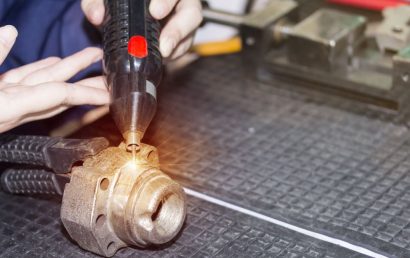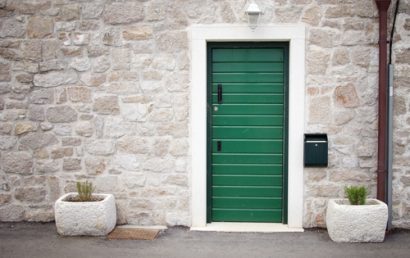How Is Thermal Spraying Better Than Electroplating And Galvanizing?
Spray galvanizing, thermal spray, and metal spraying all refer to a basically similar process. It is a process that is used not only worldwide but one which has been in existence since early on in the 1900s. In the process of thermal spraying, a wire such as Zinc is melted and projected via compressed air onto a workpiece. This process provides a customizable coating which will precisely fit the environment into which a component shall be located.
Let’s Compare Galvanizing with Thermal Spraying
Providing guidance to builders in the industry of surface coating, engineers, architects, and protective service users, in general, is the International ISO Standard. The significance of these standards is simply to ensure that services and products are of good quality, reliable, and safe. Thermal spraying is utilized as a corrosion protection restoration application to damaged sections of galvanized, welded steel which adheres to those standards. With that in mind, let’s take a look at the advantages of thermal spraying over galvanizing:
Though painting may not be necessary on the surface in question, if the surface is to be painted, with thermal spraying there will be no need to pre-etch – not the case with galvanizing. This is because thermal spraying offers a coating that is perfect for accepting paint, thanks to its porous quality.
With thermal spraying, a variety of applications can be applied not just to zinc but bronzes, steels, aluminum, and others. What’s more, extra protection for critical areas can be offered with thermal spraying because, from area to area, coating thickness can be varied. Galvanizing, if done incorrectly, can chip or peel if cooled too quickly. And not all pieces, depending upon characteristics such as size, can be hot dipped in galvanized steel. If not hot dipped, varying levels of what could be inferior protection may result when galvanized steel is applied by some the other method.
Users of thermal spraying will have the opportunity to ‘upsell’ to their customers because there are no waiting issues and no need for transport of the objects being treated because components can be treated on site. What’s more, regarding the components to be treated, there is no size limit. All of this does not necessarily apply to galvanizing. There is no risk of distortion to components because that risk is eliminated thanks to the low heat input during thermal spraying. Galvanizing requires high temperatures. And with thermal spraying, no rework is required from galvanizing dross.
Let’s Compare Electroplating with Thermal Spraying
In what ways does electroplating compare with thermal spray? Electroplating uses complex chemical control techniques that are simply not required with thermal spray where the coatings can be applied on site. Unlike in the case of electroplating, with thermal spray, there is no effluent disposal problem and no component limitation size.
Deposition rates are higher and there is no risk of hydrogen embrittlement like there is with electroplating. And with thermal spray not only can thicker deposits be applied but engineering alloys can be applied as coatings. Finally, unlike electroplating, thermal spray offers the possibility of nonmetallic surfaces being treated and with thermal spray, adhesion is usually better in general.
Coating services such as thermal spraying are used in almost every industry. Wire drawing, wind energy, valves, textile manufacturing, solar energy, rubber manufacturing, pump repair, paper and pulp, printing machinery, energy and power, medical processing of pharmaceuticals, petrochemical, dies and molds, mining, processing and metal production, material handling, marine, industrial machinery, beverage and food processing, fluid handling, semi-conductor and electronics, military and defense, converting, compressor, chemical, canning and bottling, biomedical, automotive, rotorcraft and aerospace, and agriculture are all industries that can benefit from thermal spraying coating processes offered by us at A&A Coatings.



